With the Windows 10 update came the new Windows Defender Security Center. It’s more functional than previous versions and has extra features such as a SmartScreen Filter and parental controls system. It also manages Windows Firewall, a program that protects you from external threats.
Due to its feature-packed nature, you must be wondering if you still need a third-party antivirus and security suite to safeguard you against various threats. Is Windows Defender enough to keep you safe?
The Short Answer Is….
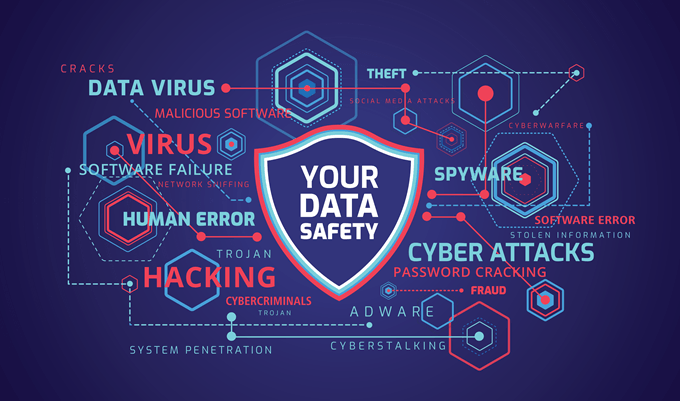
If you’re on the lookout for a top-notch antivirus, Windows 10 has you covered already. This edition can keep you secure especially if you’re often downloading files from social media or websites.
This is because the people behind it have acknowledged the past threats to cybersecurity. After that, they figured out a way to resolve them.
Windows Defender Security Center comes with ongoing and comprehensive security. With it, you don’t have to install other security software to protect your system. It is designed to increase the security for Windows 10 users, as well as users of Surface devices such as Surface Pro 3 and 4.
Here are two such examples of how Windows Defender can protect your system.
How To Set Up Data Execution Prevention
There’s a type of attack that can cause an attack on your operating system despite the difficulty in finding the elements it needs to find to be successful. This is because this attack involves accessing certain elements by memory.
The solution, therefore, is to configure how data is executed. The idea is to stop code from being run from data-only memory pages.
In Windows 10, you can find the settings for Data Execution Prevention. In previous editions of Windows, you couldn’t find them and some other protective settings.
An advantage of having it around is that you can use it to make life hard for the writers of malicious software. What you can do is set it to completely wipe out attacks that hide malicious code.
To start things off, tap the Windows key and launch Windows Defender Security Center.
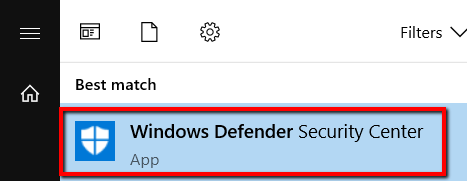
There, go to App & browser control.
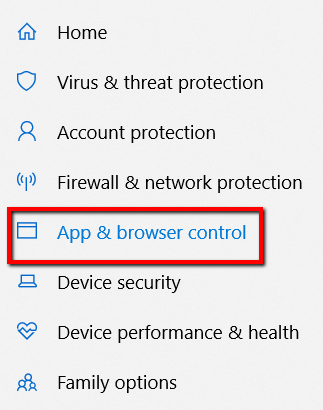
Scroll to the bottom to Exploit protection. Click Exploit protection settings.

Under Data Execution Prevention (DEP), choose On. By default, it might already be on. But in case it isn’t, this is where you change it.

How To Set Up Ransomware Protection
Ransomware is malicious software that can invade your system and block access to authorized users. With this kind of cyberattack, the invasion will only stop when you pay the ransom.
Fortunately, Windows 10 can improve your security from this kind of threat. Its recent edition of Windows Defender is built to protect you from ransomware. But ransomware protection isn’t on by default. So it’s on you to turn it on.
Tap the Windows key and launch Windows Defender Security Center.

Go to Virus & threat protection.
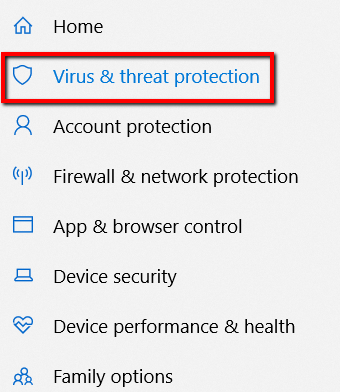
Scroll down until you come across Ransomware protection. Open this section.
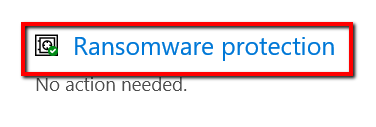
Look for Controlled folder access. Now, turn it on.

Related Posts
- Preparing for Windows 10 End of Support: Upgrading to Windows 11
- How to Fix a “This file does not have an app associated with it” Error on Windows
- How to Fix an Update Error 0x800705b4 on Windows
- How to Resolve “A JavaScript error occured in the main process” Error on Windows
- How to Fix the Network Discovery Is Turned Off Error on Windows